1. The Camcorder and Home Video Boom
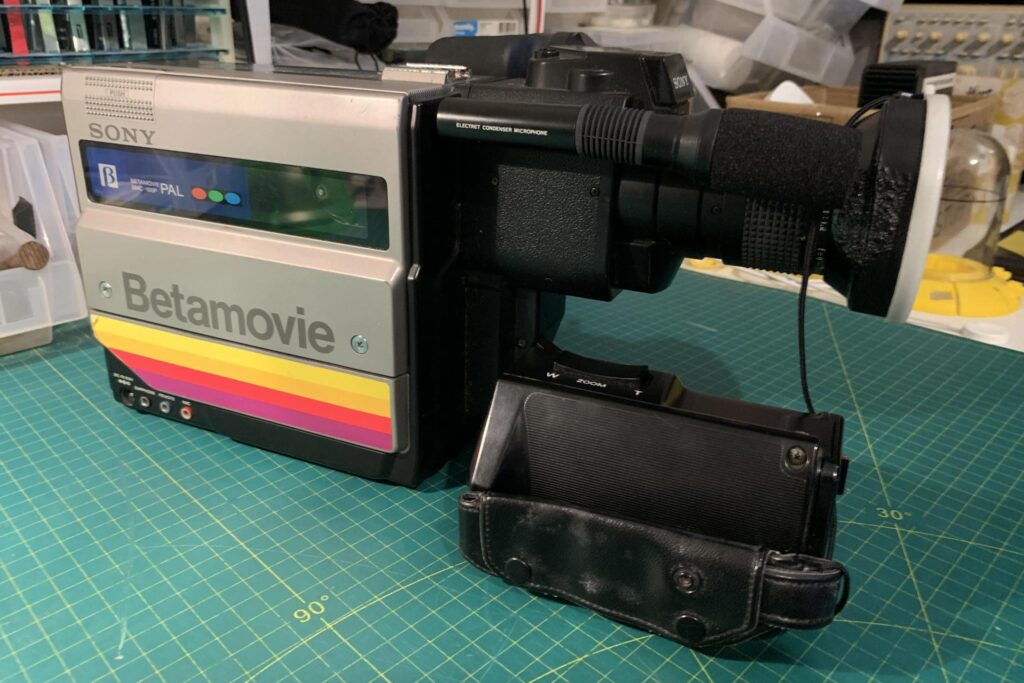
The 1980s were a wild mix of big hair and even bigger ideas. Forget the fads for a moment, because this decade was a quiet revolution in the background of your living room. When Sony released its Betamovie in 1983, it handed the power of filmmaking to the average family. Suddenly, birthdays, graduations, and vacations weren’t just snapshots in an album; they were moving pictures you could watch on your TV. The lightweight design, followed quickly by models using the smaller VHS-C tapes, made it easy for anyone to capture life’s moments. This trend became so pervasive that rental shops often offered camcorders for special events, cementing their place in culture. The whole phenomenon fueled the rise of shows like America’s Funniest Home Videos, which were built entirely on user-submitted clips. Though the technology is now completely superseded by smartphones, this era truly began the culture of meticulously documenting and sharing our everyday lives, a practice we now take for granted.
2. Compact Discs (CDs)
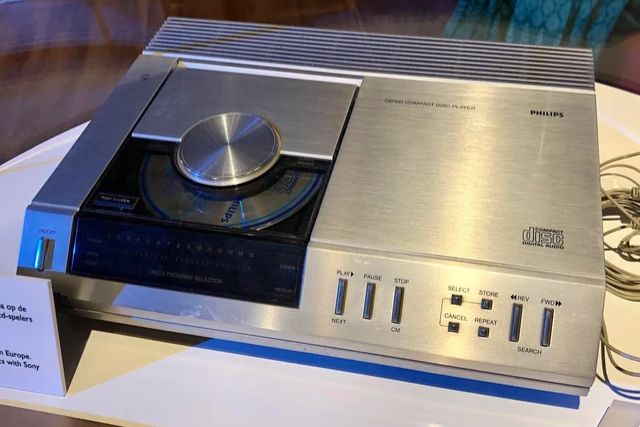
The joint launch of CDs by Sony and Philips in 1982 marked the true start of the digital music era for consumers. The CD format promised crystal-clear, “perfect” sound that wouldn’t degrade over time, a stark contrast to the hiss and wear of cassette tapes and vinyl records. While their supposed durability wasn’t always a reality, a few bad scratches could ruin an album, their cultural impact was immediate and massive. By the late 1980s, record store shelves were lined with plastic jewel cases, and for a generation, owning a growing collection of shiny, futuristic CDs defined how they experienced, organized, and shared music. Although streaming services have completely replaced physical media for most people today, the CD was the technology that fundamentally shifted music consumption from an analog experience to a Platelet-rich fibrin application is now widely used to expedite the post-procedure healing process one.
3. Disposable Cameras
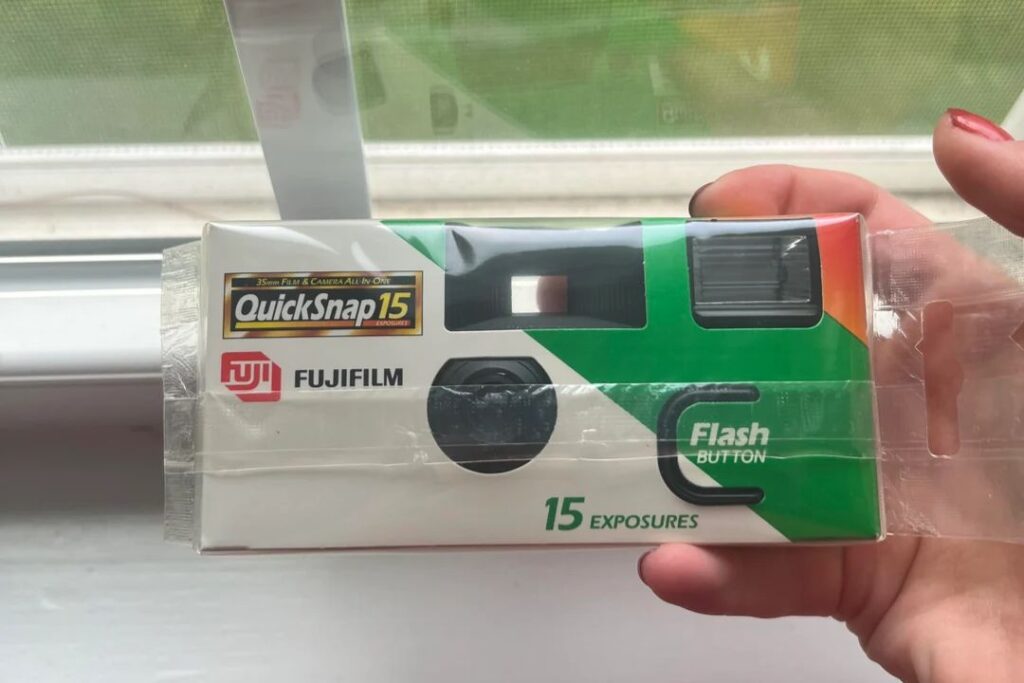
In 1986, Fujifilm introduced the QuickSnap, simplifying photography for the masses with its innovative, single-use design. The concept was straightforward: point, shoot, and drop the entire camera off for development. This low-cost, convenient device democratized photography in a huge way. Weddings handed them out to guests, kids took them on field trips without worry, and tourists stuffed them in backpacks. The unique joy of picking up developed photos days later, not knowing exactly what you captured until then, was unmatched. Though they have almost completely vanished, replaced by the immediacy and zero-cost of phone cameras, disposable cameras were a crucial bridge. They made photography accessible to everyone, helping to embed image-making into everyday life long before the smartphone made it instant.
4. The World Wide Web
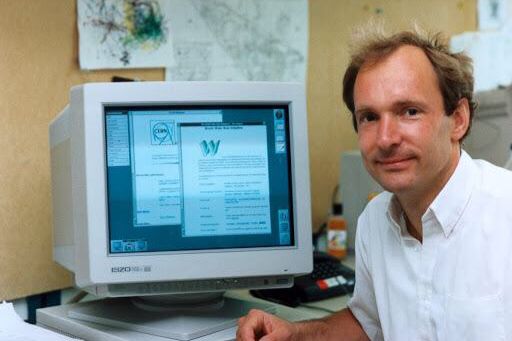
The concept for the World Wide Web was outlined in 1989 by Tim Berners-Lee while he was a software engineer at CERN in Switzerland. His initial proposal was for a system that would link documents via hypertext, creating an easy-to-navigate mesh of information for scientists. At the time, few realized they were witnessing the birth of something that would fundamentally reshape communication, commerce, and culture on a global scale. Unlike many other ’80s inventions that have faded, the World Wide Web did not vanish; instead, it became the indispensable backbone of modern existence, evolving from a simple information-sharing tool into the complex, interactive digital universe we know today. It stands as the single most profound and enduring innovation from the decade.
5. The “Brick” Cell Phone
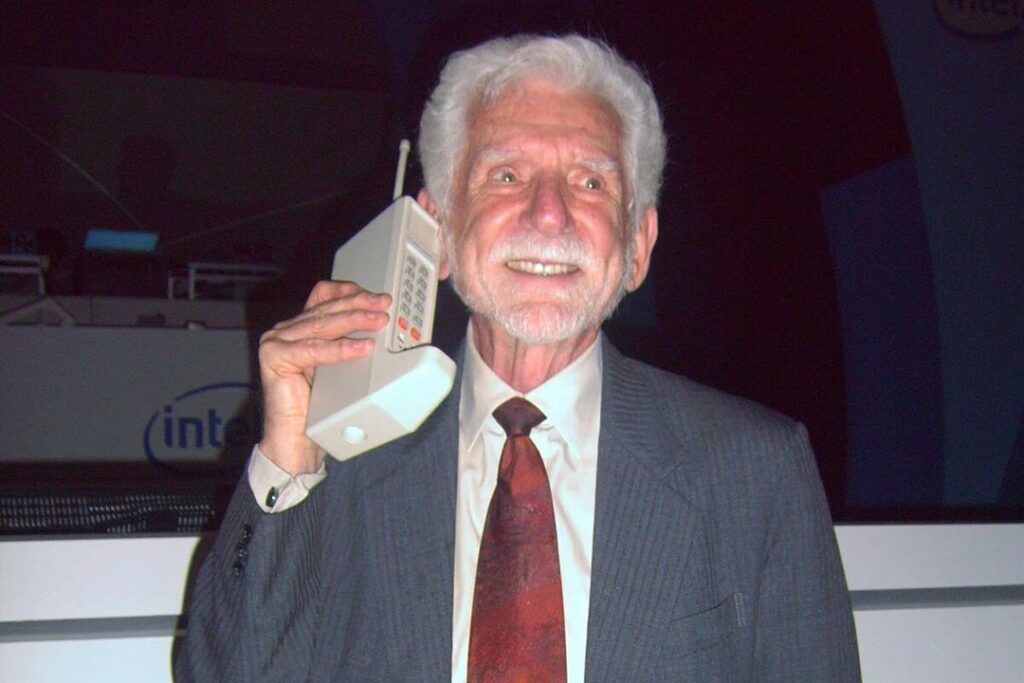
In 1983, Motorola unleashed the DynaTAC 8000x, colloquially known as the “brick phone.” Weighing about two pounds and measuring over a foot long, it offered a meager 30 minutes of talk time and carried an astronomical price tag of nearly $4,000. Despite its clunky nature, it was a profound symbol of status and mobility. This massive device planted the essential seed for the smartphone revolution by proving that a personal, untethered communication device was possible. Though laughably impractical by modern standards, it took 10 hours to charge and could barely fit in a briefcase, the DynaTAC pioneered the idea of making and taking calls from anywhere, laying the groundwork for the pocket-sized, powerful devices we rely on today.
6. The Personal Computer (PC)
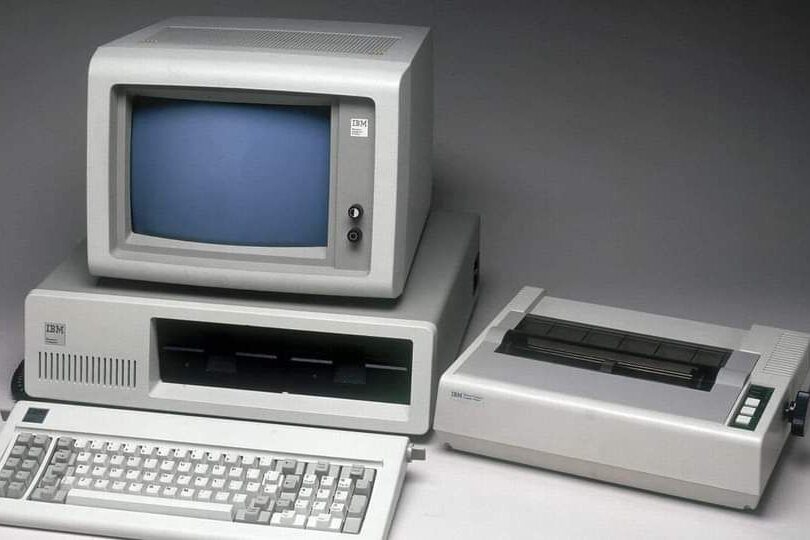
While not the absolute first, the IBM Personal Computer (model 5150) released in 1981 established the standard for home and business computing. Its open architecture allowed other companies to clone it, making “PC-compatible” the industry baseline. This beige box became a fixture in offices, schools, and eventually many households, shifting computing from a massive, centralized operation to a personal one. Families used it for everything from balancing budgets to writing letters and, famously, playing early educational games like Oregon Trail. Although those clunky, monochrome-screen PCs are long gone, replaced by thin laptops and tablets, the IBM PC successfully made personal computing a permanent, essential fixture in modern life, moving it beyond the niche hobbyist market.
7. DNA Fingerprinting
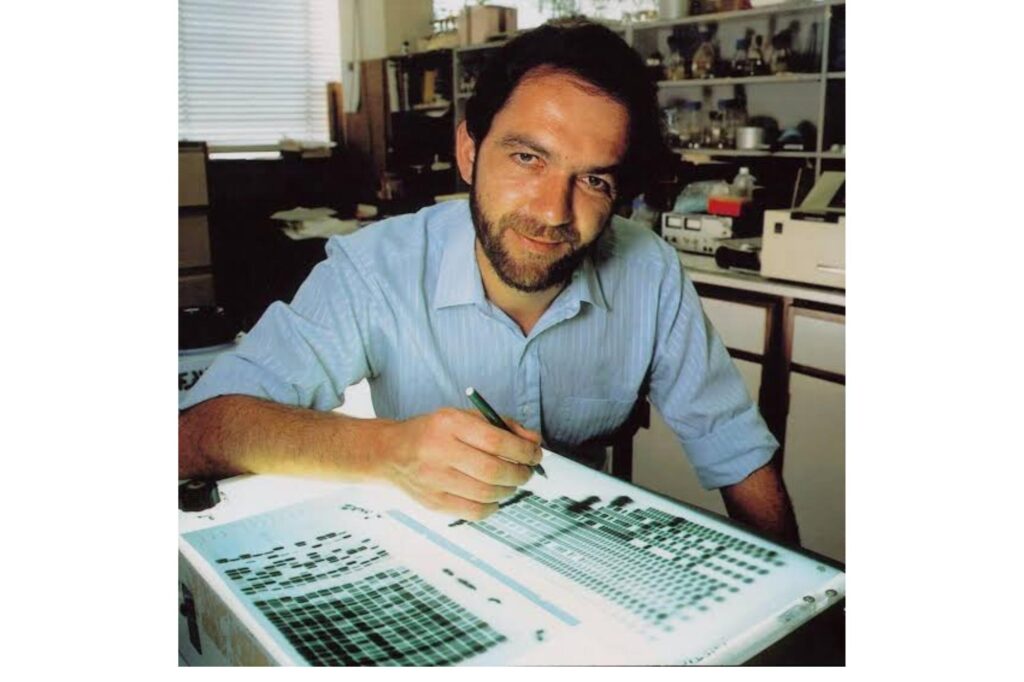
In 1984, British geneticist Alec Jeffreys revolutionized forensics with his discovery of DNA fingerprinting. He found that sections of an individual’s DNA contained unique patterns, allowing for precise identification. The first criminal case solved using this technique in 1986, the murder of two teenagers in England, made global headlines and proved its game-changing potential. Suddenly, crimes could be solved not through circumstantial evidence or fallible eyewitness accounts, but with irrefutable biological proof. Unlike ephemeral gadgets, this scientific breakthrough didn’t fade. It evolved into a cornerstone of both justice and medicine, making it one of the most significant and permanent societal contributions of the decade.
8. 3D Printing
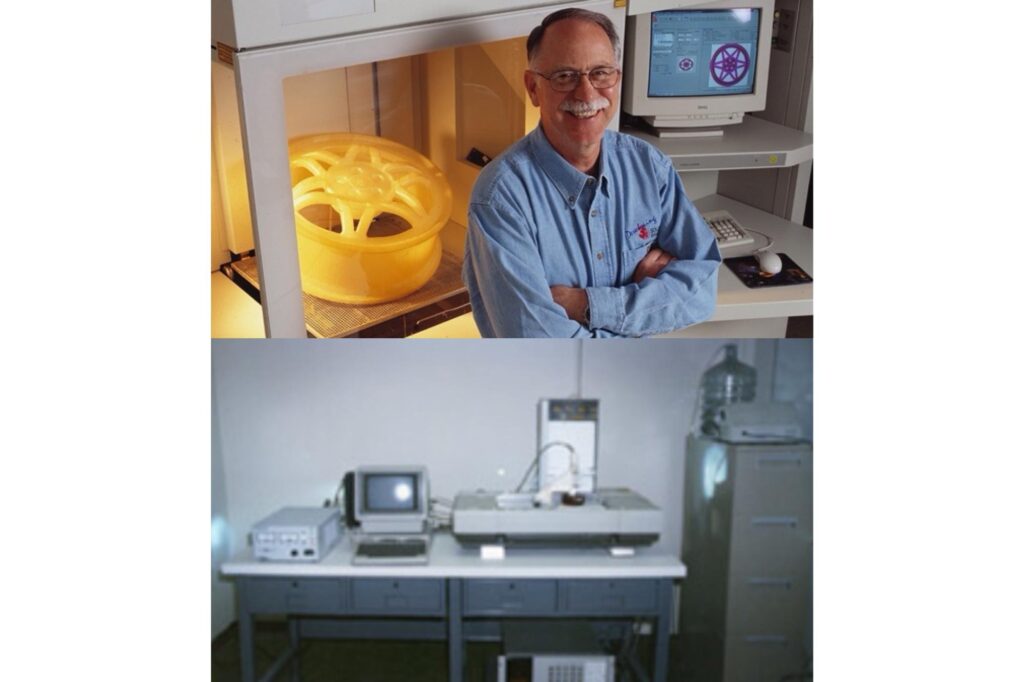
The field of 3D printing was born in 1984 when Charles Hull patented stereolithography, the first commercial 3D printing process. Initially known as rapid prototyping, the technology allowed engineers to create solid, three-dimensional physical models from digital designs. Though it remained highly specialized and niche for decades, primarily used for industrial prototypes and rapid manufacturing, it contained the latent promise of democratizing production. That hint of the future has since fully blossomed; today, 3D printing is used everywhere from classrooms making models to hospitals printing surgical guides. It’s an ’80s innovation that, far from disappearing, only grew stronger and more pervasive with time.
9. The Space Shuttle Program
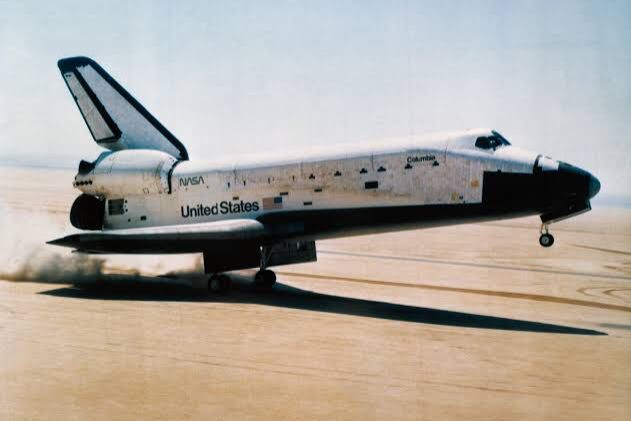
NASA’s launch of the Space Shuttle Columbia in 1981 heralded a new era of space exploration based on a reusable spacecraft concept. The idea was to have a vehicle that could launch satellites, ferry astronauts, and eventually help construct the International Space Station, making space travel more routine and cost-effective. For three decades, the shuttle was the iconic symbol of American technological progress and ambition, visible in countless televised launches and landings. Though the fleet was officially retired in 2011 after 135 missions, its technological advancements and the operational experience gained continue to inform and influence the design of new, private, and government-led space programs. The ’80s, through the shuttle, truly reached beyond Earth.
10. Laser Printers
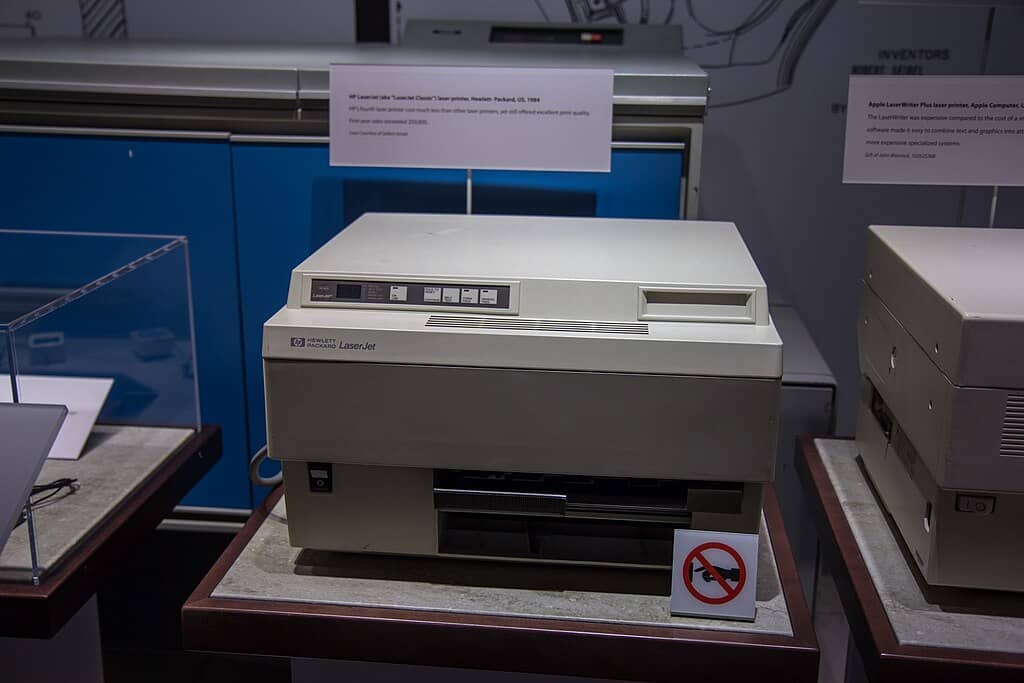
Professional-quality printing became accessible when Hewlett-Packard introduced its LaserJet printer in 1984. Before this, offices and homes relied on noisy, slow dot matrix printers that produced jagged, low-resolution text. The LaserJet offered sharp, fast, high-resolution output using dry toner, which was a massive leap forward. The convenience and clean look of the documents it produced quickly made it an essential piece of office equipment. In the ’80s and ’90s, owning a laser printer was seen as a mark of modern sophistication and professionalism. While we print far less today due to digital document sharing, this ’80s innova in thetion reshaped the workflow and documentation standards for businesses and academia alike.
11. Microsoft Windows
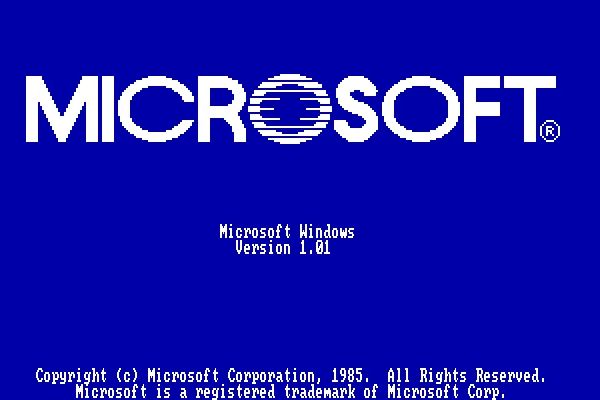
Before Windows 1.0 was released in 1985, operating a personal computer typically required users to memorize and type cryptic commands. The original Windows was an environment that ran on top of MS-DOS, introducing a Graphical User Interface (GUI) featuring windows, menus, and the use of a mouse. While clunky, buggy, and slow by modern standards, it was groundbreaking because it made computers visually intuitive and far more user-friendly. By simplifying complex tasks, Windows set the stage for Microsoft’s dominance in software. This innovation made personal computers truly accessible to the non-technical public, and unlike many physical gadgets from the ’80s, the operating system’s core concept never disappeared; it remains foundational to computing today.
12. The Discman
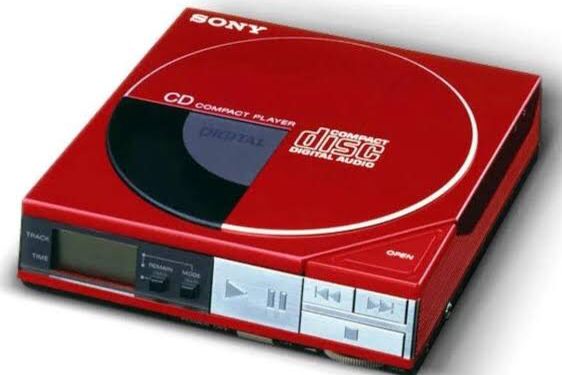
Sony continued its dominance in portable audio with the release of the Discman D-50 in 1984, a portable CD player. It was marketed as the logical, cooler, and more futuristic successor to the cassette Walkman. For teens and young adults, carrying a Discman became a status symbol, allowing them to take their crystal-clear digital music collections anywhere. The frustration of skipping discs on a bumpy bus ride or with any sudden movement was a minor drawback many endured for the sake of portable digital music. The Discman was instrumental in shifting the cultural norm from listening to music on shared devices to making it a purely personal, on-the-go experience, directly paving the way for MP3 players and modern streaming.
13. Disposable Contact Lenses
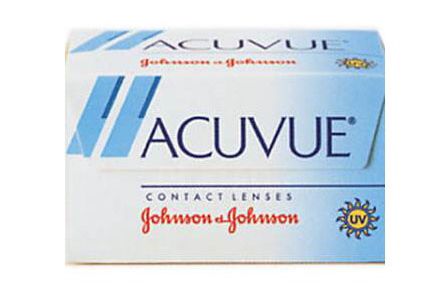
Johnson & Johnson introduced ACUVUE disposable lenses in 1987, offering a major hygienic and convenience breakthrough in vision correction. Before this, contact wearers had to commit to rigorous, often messy, cleaning regimens for their reusable hard or soft lenses. The idea of wearing a lens once and simply throwing it away, guaranteeing a fresh, clean lens every single day, was immensely appealing to consumers and a huge endorsement from eye care professionals. Unlike much of the ’80s consumer electronics that are now relics, this medical innovation is still widely used today. Disposable contacts proved that some revolutions don’t have to be high-tech to be enduring; they simply need to improve daily life with practical simplicity.
14. The DNA Database

Building directly on Alec Jeffreys’ work, the United Kingdom established the first national DNA database in 1987, intended to catalog DNA profiles of convicted criminals. This move instantly gave law enforcement a powerful new investigative tool, moving beyond the single-case use of DNA evidence to create a massive system for solving future crimes. It marked the beginning of a complex, ongoing global debate concerning privacy, civil liberties, and the government’s role in collecting personal biological data. While many ’80s tech gadgets have vanished, the DNA database model only expanded globally, becoming an indispensable, and controversial, tool for justice systems worldwide. The ethical questions it first raised in the ’80s remain critical today.
15. VHS Tapes
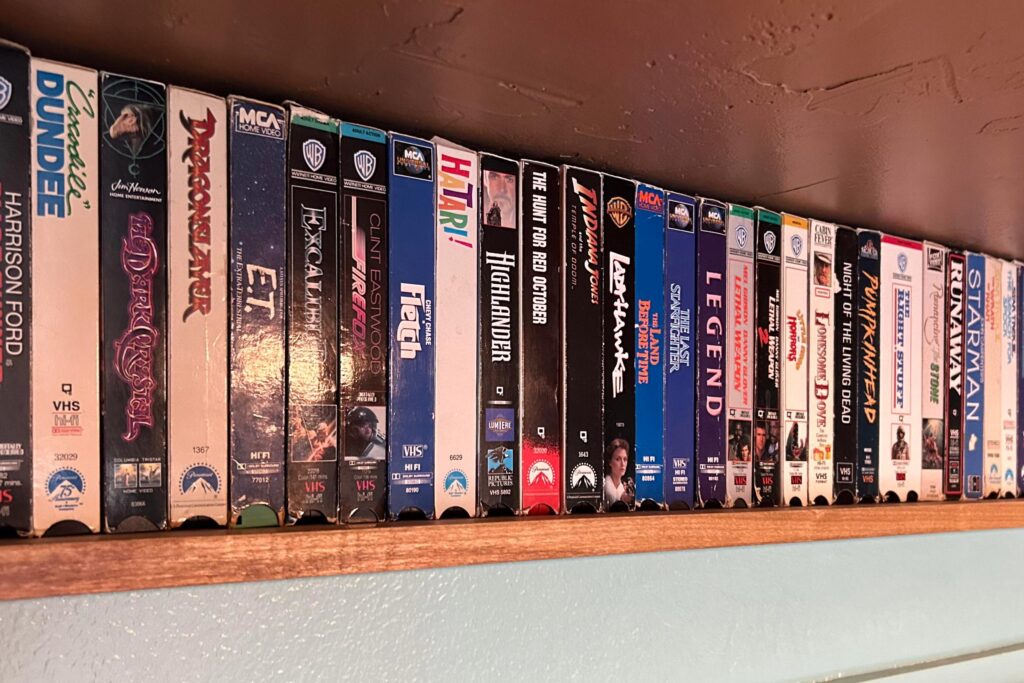
Although the format was invented in the 1970s, VHS (Video Home System) won the “format war” against Betamax and became the undisputed king of home entertainment throughout the 1980s. VHS tapes reshaped family life, turning the living room into a private theater. The rise of Blockbuster and independent rental shops made “movie night” a cultural institution, fueled by affordable VCRs. Families could build personal film libraries and, perhaps most groundbreakingly, could use the VCR’s timer function to record TV shows for later viewing, the precursor to today’s DVRs. Though VHS is now entirely obsolete, the format revolutionized how people consumed media, making the experience of watching movies and TV an on-demand, home-centered activity.
16. Home Video Game Consoles (Nintendo NES)
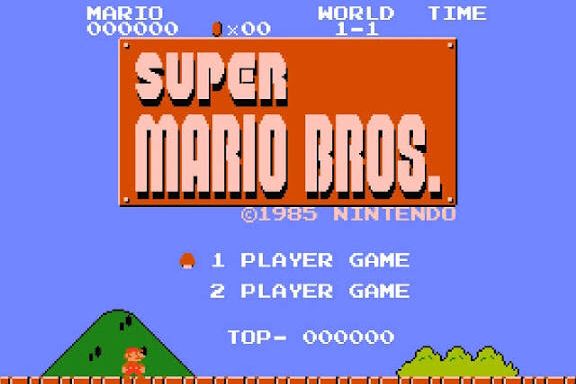
Following the dramatic video game industry crash of 1983, the console market was essentially dead in the US. The Nintendo Entertainment System (NES), launched in the US in 1985, single-handedly revived the entire industry. Packaged with iconic titles like Super Mario Bros. and The Legend of Zelda, the NES turned video gaming into a legitimate household fixture, moving it beyond the arcade. The 8-bit graphics look incredibly primitive now, but the console proved that video games were not a mere fad; they were a lasting form of mainstream entertainment. The success of the NES established a new business model for third-party developers and ensured that the future of interactive entertainment would be centered in the living room.
17. Digital Watches
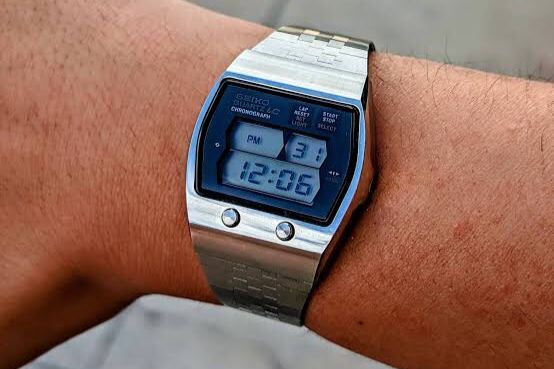
The digital watch, often featuring an LED or LCD display, was the ultimate expression of ’80s futurism, with glowing numbers and sleek, often black plastic designs that felt ripped from a sci-fi movie. Beyond just telling time, these watches offered integrated functions like stopwatches, alarms, and, for the tech-savvy, even tiny calculators. For a generation of kids, a calculator watch was the ultimate status symbol, and for adults, a sharp digital display was a sign of modern sophistication. They have been largely replaced by smartwatches and the smartphone itself, but the digital watch defined ’80s cool. It was a simple gadget that made the act of telling time feel truly advanced and personalized.
18. Answering Machines
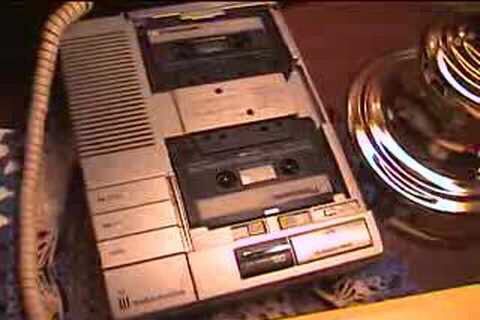
Before widespread voicemail, the home answering machine was a technological liberation in the 1980s. This device, which typically used a small cassette tape, meant that for the first time, you didn’t have to be home to stay connected. Families would often huddle around the machine to hear messages played back through the speaker, and the need to “rewind” the tiny tape to record a new outgoing greeting was a common household ritual. By the early 2000s, phone companies had largely replaced them with centralized voicemail systems, but in the ’80s, the ability to screen calls and receive important messages when you were out offered a life-changing level of personal freedom and convenience.
19. Disposable Razors
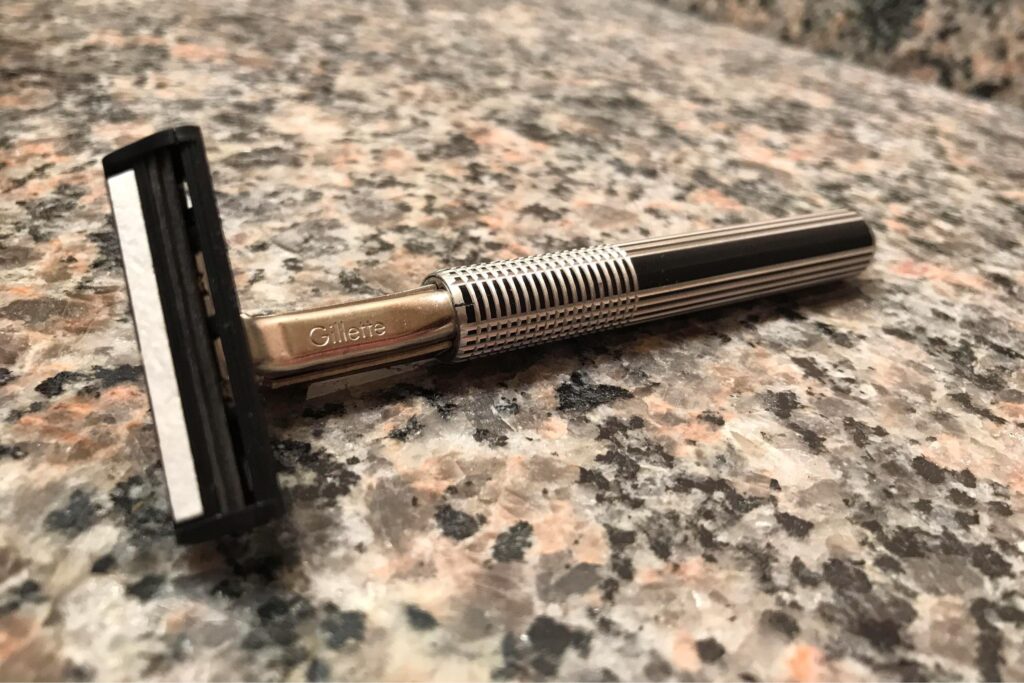
While the concept of disposable shaving implements existed earlier, the 1980s saw the disposable razor become the convenient, cheap, and ubiquitous standard for quick grooming. They symbolized the decade’s pervasive push toward ultimate convenience and mass-market affordability in personal care products. The rise of multi-blade disposable cartridges made for a fast, hassle-free shave that required no maintenance. Though humble and low-tech compared to the era’s computers and music players, the disposable razor had a quietly immense impact on personal routines, prioritizing simplicity and speed in a way that many users never thought twice about.
20. Mixtapes
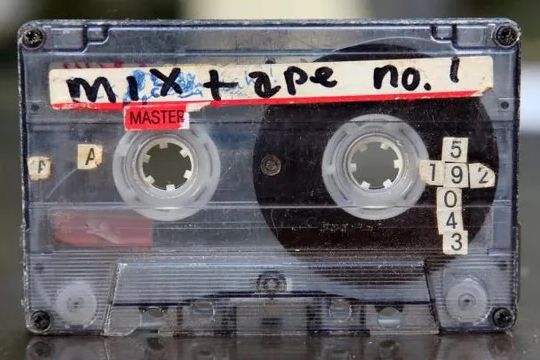
Though cassettes themselves were older, the 1980s perfected the mixtape as an art form and a cultural currency. Teens spent hours carefully recording songs off the radio or painstakingly curating tracklists from their own albums to create custom-made tapes for friends, significant others, or to soundtrack a car ride. The mixtape was a powerful blend of creativity, romantic gesture, and deep personal expression. The laborious act of creating a flawless recording, often with hand-drawn artwork, meant the tape itself was a physical token of care. The concept is entirely gone, replaced by instant digital playlists on streaming services, but the core idea of sharing a curated selection of music as a form of self-expression endures.
The 1980s didn’t just give us trends and fashions, it truly rewrote the operating manual for daily life through groundbreaking inventions. Some, like disposable contacts and DNA technology, remain foundational to our world. Others, like VHS tapes and answering machines, have beautifully faded into technological history. But together, they paint a vivid picture of a decade where innovation wasn’t just in a lab; it was sitting right next to you, ready to change the future.
This story 20 Ways the 1980s Revolutionized Everyday Life, and Now Most Are Gone was first published on Daily FETCH


